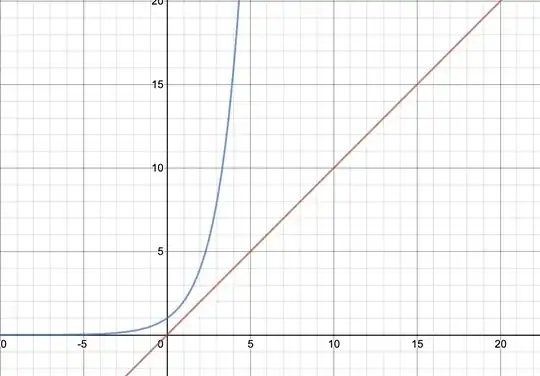Most of the answers provided seem to be tackle the problem by applying l'Hopital's Rule, which is a perfectly valid method. However, it's important to have an intuition for the limits you're solving. Since this is a fairly simple one, I'll use the opportunity to explain how to think about them.
With these types of questions, it's important to think about the growth rates of the functions you're comparing. In this case, the two you're comparing a linear function, $y=n$, to an exponential one, $y=a^n$. First, we can look at the numerator, which fairly clearly goes to $\infty$ in a linear fashion. As the other answers suggested, the exponential function requires looking at three cases, $a<1$, $a=1$, and $a>1$. The second of these intuitively goes to $\infty$, as:
$$\lim_{n\rightarrow\infty}\frac{n}{1^n}=\lim_{n\rightarrow\infty}n=\infty$$
For the case where $a<1$, hopefully it is clear that, the more times you multiply $a$ by itself, the smaller it becomes. Hence, when your numerator is going to infinity and your denominator approaches $0$, this is an indication that your limit also goes to $\infty$.
When $a>1$, now you should consider how the two different functions grow. Looking at the case when $a=2$, we have this graph:

where the red graph is the line $y=x$ and the blue graph is $y=2^x$. Through graphing, you can clearly see the trends that the two functions have when increasing, and you can deduce that $y=2^x$ will "get to" $\infty$ "faster" than $y=x$ will. It's this kind of thinking that underlies the problem: which of these two functions that I'm comparing will reach infinity faster? If the one in the denominator does, then you should gain the intuition that your limit may go to $0$ (and $\infty$ if the numerator approaches it faster). There's nothing wrong with l'Hopital's Rule for more grueling limits where it's harder to have a feel about the problem, but I think it's important to have a conceptual grasp on how to think about these problems before you automatically apply it.
